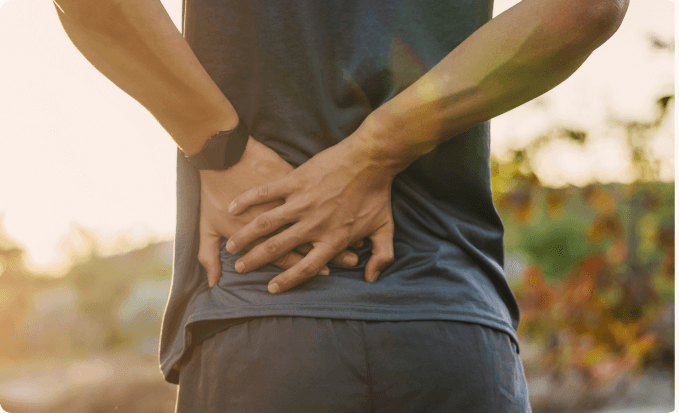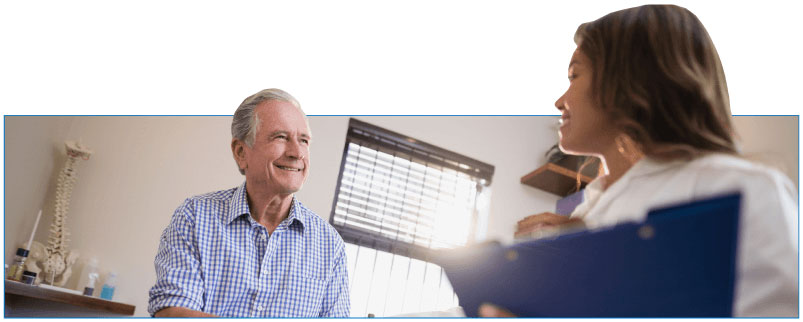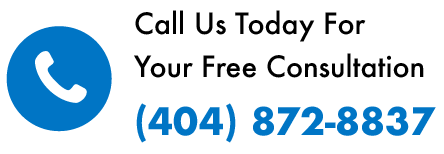Back Pain
Treatments
We Can Treat The Cause
of Your Back Pain

Back Pain Treatments
We Can Treat The Cause of Your Back Pain
Our Non-Surgical Back Pain Treatments Include the Following:
-
Spinal Decompression with the DRX9000™ is a non-surgical, non-invasive procedure treating back pain caused by disc herniation and degenerative disc disease.
-
H-Wave Electro-therapy painlessly uses mild electrical pulses to stop pain and stimulate your body’s fluids to reduce inflammation.
-
Spinal Manipulation where your doctor uses his hands to realign the spinal bones and the joints where the back spine joins ribs.
-
Pain relief with instruments where the doctor uses the Adjustor or Percussor to manipulate your spine and joints.
-
Cold Laser Therapy uses a low power laser to treat areas experiencing back pain conditions.
Causes of Back Pain
The more typical causes of back pain are:
-
Poor posture. People who sit slumped for long periods of time, such as while working at a computer, can develop back pain.
-
Repetitive motion at work can strain the muscles and back spine.
-
Injury from strains, sports, and auto accidents can cause back pain.
-
Age causes the spinal discs to bulge.
About Lower Back Pain
Low back pain can occur when, for example, someone lifts something too heavy or over stretches, causing a sprain, strain, or spasm in one of the muscles or ligaments in the back. If the spine becomes overly strained or compressed, a disc may rupture or bulge outward.
This rupture may put pressure on one of the more than 50 nerves rooted to the spinal cord that control body movements and transmit signals from the body to the brain. When these nerve roots become compressed or irritated, lower back pain results.
Lower back pain may reflect nerve or muscle irritation or bone lesions. Most lower back pain follows injury or trauma to the back, but pain may also be caused by degenerative conditions such as arthritis or disc disease, osteoporosis or other bone diseases, viral infections, irritation to joints and discs, or congenital abnormalities in the spine.
Obesity, smoking, weight gain during pregnancy, stress, poor physical condition, posture inappropriate for the activity being performed, and poor sleeping position also may contribute to lower back pain.
Additionally, scar tissue created when the injured back heals itself does not have the strength or flexibility of normal tissue. Buildup of scar tissue from repeated injuries eventually weakens the back and can lead to more serious injury.
Occasionally, low back pain may indicate a more serious medical problem. Pain accompanied by fever or loss of bowel or bladder control, pain when coughing, and progressive weakness in the legs may indicate a pinched nerve or other serious condition. People with diabetes may have severe lower back pain or pain radiating down the leg related to neuropathy. People with these symptoms should contact a doctor immediately to help prevent permanent damage.
Upper Back Pain
Dysfunction in the joints where the ribs join the upper back spine can result in upper back pain. Sometimes when a spinal disc that cushions the bones in the upper spine bulges out of shape, it can press on a nerve and cause upper back pain, although this condition is rare in the upper back spine (thoracic spine) and is more common in the lower back.
Find Relief Now!
Call Us Or Sign Up To Request Your Free Consultation:
What Patients Are Saying




